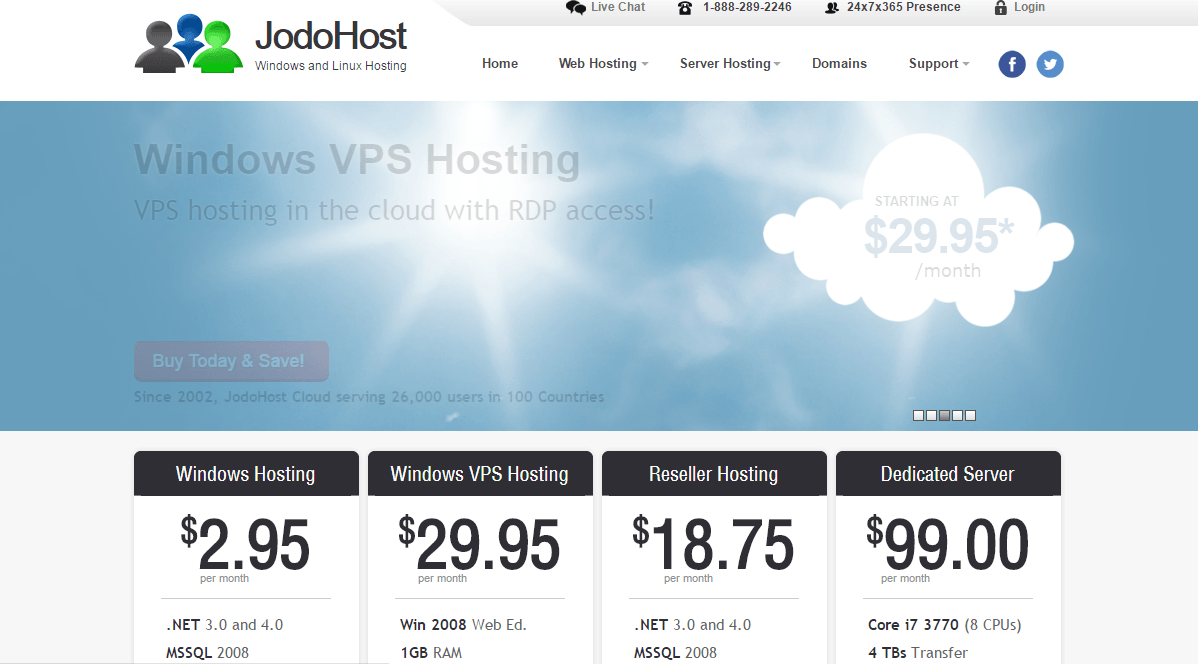HOW DOES CLOUD COMPUTING WORKS?
Cloud computing has changed the way most people use the Internet and how they store their files. It is the structure that manages sites such as Facebook, Twitter and Amazon, and the core that allows us to take benefits of services such as Google Docs and Gmail. But how does cloud computing work?
Before delving into how cloud computing works, Let us first know that what the “cloud” means. The cloud concept has been around for a long time in so many incarnations in the business field. It usually refers to computers on the network acts as a service-oriented architecture to provide software and data.
Most of the sites and server applications run on specific computers or servers. What separates the cloud of the way they are set up is that cloud uses the resources of the computer as a virtual machine on which applications can run independent collective of the particular computer or server configurations. They are essentially floating in a “cloud of resources”, which makes the material less important how the program works.
With the broadband Internet, the need for software that runs on your computer or on the website of a company is less critical. A lot of software that people use today are entirely Web based. The cloud to take benefit of it to the next level.
For instance, if you host your site on a local server, you usually select a common operating system such as Windows,Linux or Mac, to determine what software you run on this server. If your site is hosted in the cloud, there is no reason to do so. You can run Windows and Linux applications simultaneously.
The user needs a cloud as a client device or a pad laptop computer desktop, smart phone or other resources with a Web browser (or other means of access) to access a cloud system through the World Wide Web. Normally, the user connects to a service provider in the cloud or a private company as their employer. Cloud computing functions in a client-server protocol using the browser. The cloud provides all the server applications and data services to the user, with the result that appears on the client device. If you want to create a document using a word processor, for e.g, the cloud offers a custom application running on the server that shows the work done by the user on the client’s Web browser.
The memory allocated to the Web browser on the client system is used to make the application data on the screen of the client system, but all calculations and changes are logged on the server, and the final results, including files created or modified are permanently stored in the cloud of servers. Application performance of the clouds depends on access to the network, the speed and reliability, as well as the processing speed of the client.
As the cloud services are web based, they work on multiple platforms, including Linux, Windows and Macintosh. Smart phones, tablet devices and cushions with Internet access and World Wide Web also provides cloud services for telecommuting and mobile users.
The service provider can pool the processing power of multiple computers in remote cloud reaches routine tasks such as backing up large amounts of data, text, or the work related to the computation. These operations would otherwise be difficult, taking so much time or expensive for a single user or small business to achieve, in particular computer resources and limited funds. Cloud computing, customers require a simple computer, such as mini-notebooks, designed for cloud computing in mind, or even a phone with an Internet or a corporate network, so that requests and receives data from the cloud, hence the SaaS. Processing and storage is divided into remote computers to handle large volumes, as well as the customer does not need to purchase expensive hardware or software to handle the operations.
The result of the treatment assignment is returned to the client via the network, depending on the speed of your Internet connection.
Cloud computing allows computer, software, data access, storage and services not needed knowledge of the end user’s physical location and configuration of the system providing the services. Parallel to this concept can be established with the mains, where end users consume energy without knowing the devices or infrastructure components to provide the service.
Cloud computing specifies a new model of complement consumption and the provision of IT services based on IT, and usually includes the provision of virtual resources dynamically scalable, This is a product and because of the ease of access to remote computer sites offering Internet. This may take the form of web-based applications that users can access and use through a web browser like locally installed programs on their own pcs.
Cloud computing servers provide applications on the Internet, accessible from a Web browser, while the enterprise software and data stored on servers at a remote location. In few cases, legacy applications are delivered via a screen-sharing technology like Citrix Xen App, while resources are grouped in a data center remotely while in other cases have enterprise applications are coded using AJAX like Web technologies.
Most of the services cloud computing infrastructure is the distributor of data centers and appear as a hub to the computing needs of consumers. Commercial offers may be required to meet service level agreements , but less specific terms are often negotiated by small businesses.








